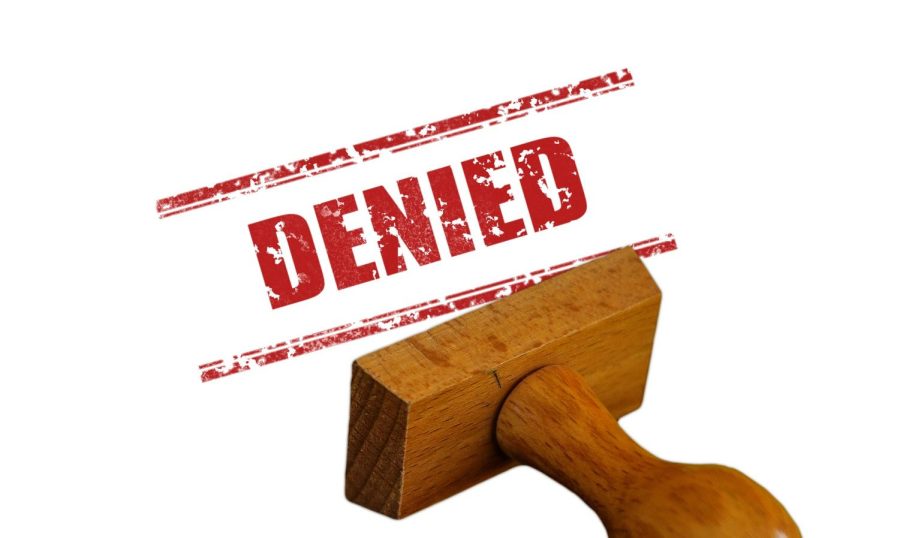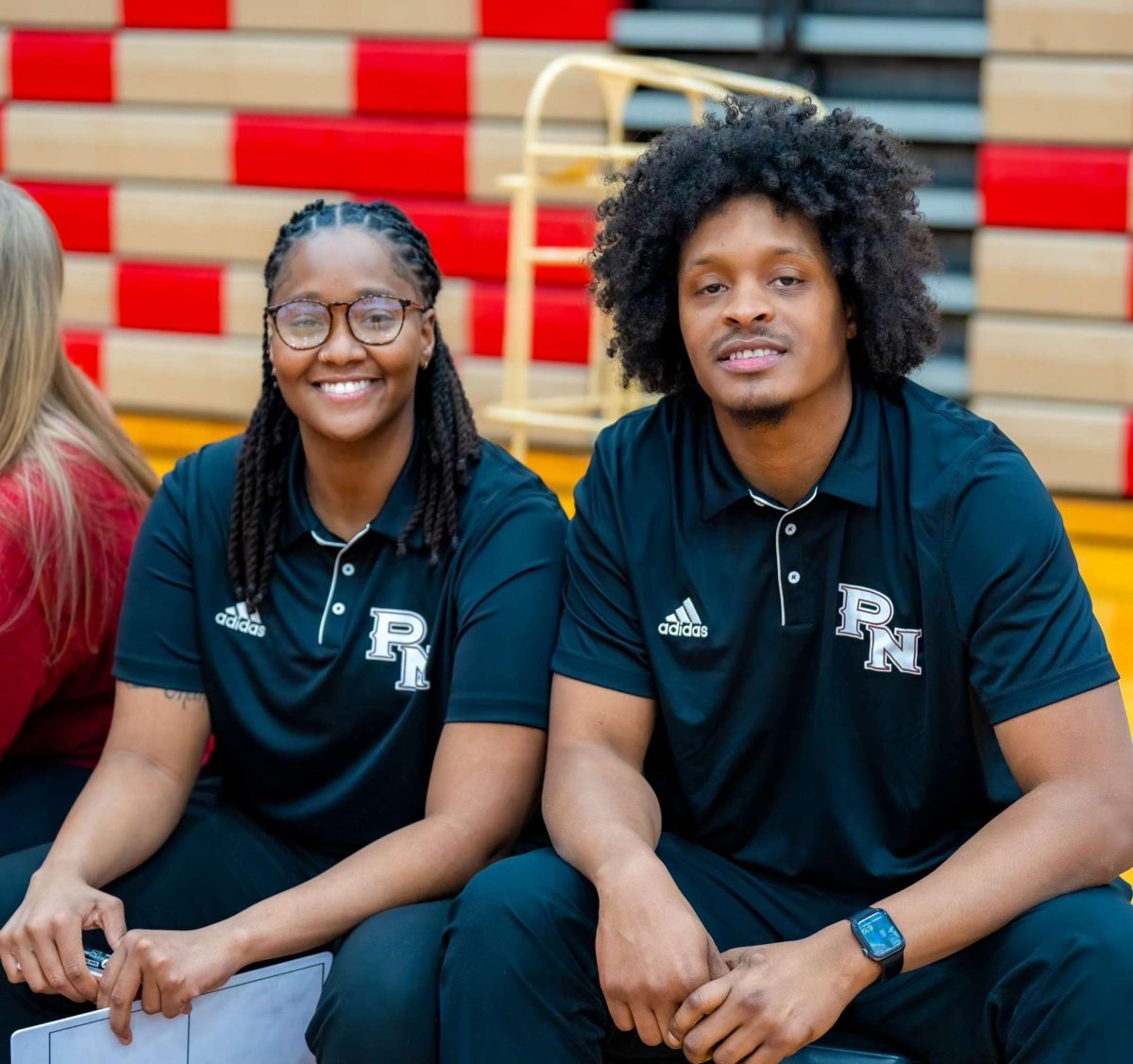What Now? : A guide on how to handle college admission rejections
May 16, 2022
Dear Ambitious Student,
There is an update in your Applicant Portal. Please log in and look for the Status Update to view your most recent letter.
Sincerely,
College Admissions
The moment of truth: “We are sorry to inform you that we cannot offer you admission.”
Your dream school is slipping from your grasp.
Unfortunately, this is the reality for many college applicants. Before any tears appear, though, take time to carefully review the letter because all hope might not be lost, and it may contain pertinent information about possible next steps that you should take. Some schools allow students to send in additional information and will reconsider the application.
“If the school allows additional materials, one should start with a letter of continued interest,” college and career counselor Elaina Kalantzis said. “This should be addressed to the admissions counselor for your area or the director of admissions.”
This letter should include gratitude to the school for their consideration, explain your intentions to enroll if admitted, mention why this school is best suited for you and reference any updates since you first applied.
“Be sure to include updated semester grades [or] mid-year transcript, extra-curricular activities, test scores, letters of recommendation etc.,” counselor Karla Ortiz said.
Take your time writing the letter because you want it to be positive and appreciated. This shows your resilience and demonstrates your interest in the school as your top choice. Plus, it might be your last chance to secure a spot in the upcoming class. At the very least, you might be “waitlisted.”
Being waitlisted is unlike being deferred; the college has finished reviewing your file and made a decision to put you on a waiting list for admission. Being on a waitlist typically means that you are placed in a “holding pattern” of sorts. The admissions committee may or may not admit students from the waitlist.
North alumni Alexia Reyes was on Loyola University Chicago’s waitlist for almost three months until she got the acceptance letter in the middle of May.
“I already gave up on Loyola and was seriously considering JJC, when I finally got the email,” Reyes said. “I was so happy, but the wait was absolutely horrible.”
If it is clear that you have no hope of getting into your top choice, there are still options available for higher education. Think back to junior year when counselors met with the class to discuss “safety” options.
“These refer to types of schools and their potential for the student’s academic fit,” Kalantzis said. “If a student didn’t get into any of their schools, most likely they only applied to ‘reach’ schools, where the schools’ credentials are far above what the student has demonstrated.”
North alumni Ryan Bredesen decided to attend a community college when he was not accepted into his top choice and learned there was a tremendous advantage to putting off going to a four-year institution.
“I actually had originally wanted to transfer to a four year school right after high school, but I realized I’d end up saving way more when attending JJC while getting my required courses out of the way,” Bredesen said.
Most students attend JJC as their backup due to financial reasons. Once the financial packages come back in March/April, many students are a bit disappointed and realize that college is very expensive, and they might not be able to afford it.
“JJC is a great backup plan for these students and a fantastic first choice for those who know they want to start off with an easier transition,” Kalantzis said. “Students will be taking pre-requisites the first two years regardless of where they attend, so JJC will save them tons of money in the big picture.”







